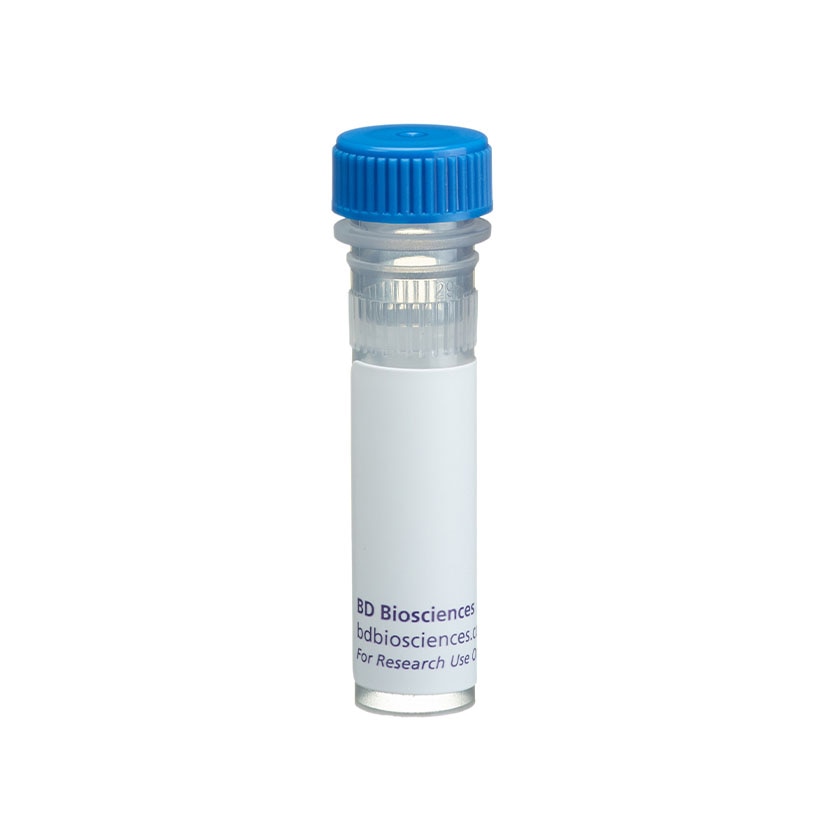-
Reagents
- Flow Cytometry Reagents
-
Western Blotting and Molecular Reagents
- Immunoassay Reagents
-
Single-Cell Multiomics Reagents
- BD® AbSeq Assay
- BD Rhapsody™ Accessory Kits
- BD® Single-Cell Multiplexing Kit
- BD Rhapsody™ Targeted mRNA Kits
- BD Rhapsody™ Whole Transcriptome Analysis (WTA) Amplification Kit
- BD Rhapsody™ TCR/BCR Profiling Assays for Human and Mouse
- BD® OMICS-Guard Sample Preservation Buffer
- BD Rhapsody™ ATAC-Seq Assays
-
Functional Assays
-
Microscopy and Imaging Reagents
-
Cell Preparation and Separation Reagents
-
Dehydrated Culture Media
-
- BD® AbSeq Assay
- BD Rhapsody™ Accessory Kits
- BD® Single-Cell Multiplexing Kit
- BD Rhapsody™ Targeted mRNA Kits
- BD Rhapsody™ Whole Transcriptome Analysis (WTA) Amplification Kit
- BD Rhapsody™ TCR/BCR Profiling Assays for Human and Mouse
- BD® OMICS-Guard Sample Preservation Buffer
- BD Rhapsody™ ATAC-Seq Assays
- Canada (English)
-
Change country/language
Old Browser
Looks like you're visiting us from {countryName}.
Would you like to stay on the current country site or be switched to your country?




Western blot analysis of Synaptotagmin on rat brain lysate. Lane 1: 1:1000, lane 2: 1:2000, lane 3: 1:4000 dilution of anti-Synaptotagmin.


BD Transduction Laboratories™ Purified Mouse Anti-Synaptotagmin

Regulatory Status Legend
Any use of products other than the permitted use without the express written authorization of Becton, Dickinson and Company is strictly prohibited.
Preparation And Storage
Recommended Assay Procedures
Western blot: Please refer to http://www.bdbiosciences.com/pharmingen/protocols/Western_Blotting.shtml .
Product Notices
- Since applications vary, each investigator should titrate the reagent to obtain optimal results.
- Please refer to www.bdbiosciences.com/us/s/resources for technical protocols.
- Caution: Sodium azide yields highly toxic hydrazoic acid under acidic conditions. Dilute azide compounds in running water before discarding to avoid accumulation of potentially explosive deposits in plumbing.
- Source of all serum proteins is from USDA inspected abattoirs located in the United States.
Synaptotagmin (p65) is an abundant synaptic vesicle protein that contains a single transmembrane region and two copies of an internal repeat that is homologous to the regulatory region of Protein Kinase C. It appears that synaptotagmin has a regulatory role in the synaptic vesicle pathway, particularly in vesicle docking and/or fusion with the plasmalemma. A model has been proposed to explain docking, activation, and fusion of synaptic vesicles with donor membranes. This model suggests that VAMP/synaptobrevin and synaptotagmin (vSNARE) on the synaptic vesicle, and SNAP-25 and syntaxin (tSNAREs) on the plasma membrane, interact to form a 7S complex. Two additional soluble proteins, αSNAP and NSF, are later added to the 7S complex, accompanied by the loss of synaptotagmin. The resulting 20S complex contains syntaxin, SNAP-25, VAMP, αSNAP, and NSF. Genetic studies in several species demonstrate that mutation or deletion of synaptotagmin results in a large decrease in Ca2+ triggered transmitter release. Mammalian synapses that lack synaptotagmin show a selective decrease in a fast component of release, suggesting that synaptotagmin is the Ca2+ sensor triggering exocytosis.
Development References (5)
-
Duncan RR, Don-Wauchope AC, Tapechum S, Shipston MJ, Chow RH, Estibeiro P. High-efficiency Semliki Forest virus-mediated transduction in bovine adrenal chromaffin cells. Biochem J. 1999; 342(Pt 3):497-501. (Clone-specific: Western blot). View Reference
-
Liu Y, Fallon L, Lashuel HA, Liu Z, Lansbury PT Jr. The UCH-L1 gene encodes two opposing enzymatic activities that affect alpha-synuclein degradation and Parkinson's disease susceptibility. Cell. 2002; 111(2):209-218. (Clone-specific: Western blot). View Reference
-
Perin MS, Johnston PA, Ozcelik T, Jahn R, Francke U, Sudhof TC. Structural and functional conservation of synaptotagmin (p65) in Drosophila and humans. J Biol Chem. 1991; 266(1):615-622. (Biology). View Reference
-
Ramalho-Santos J, Moreno RD. SNAREs in mammalian sperm: possible implications for fertilization. Dev Biol. 2000; 223(1):54-69. (Clone-specific: Immunofluorescence, Western blot). View Reference
-
Scheller RH. Membrane trafficking in the presynaptic nerve terminal. Neuron. 1995; 14(5):893-897. (Biology). View Reference
Please refer to Support Documents for Quality Certificates
Global - Refer to manufacturer's instructions for use and related User Manuals and Technical data sheets before using this products as described
Comparisons, where applicable, are made against older BD Technology, manual methods or are general performance claims. Comparisons are not made against non-BD technologies, unless otherwise noted.
For Research Use Only. Not for use in diagnostic or therapeutic procedures.
Report a Site Issue
This form is intended to help us improve our website experience. For other support, please visit our Contact Us page.